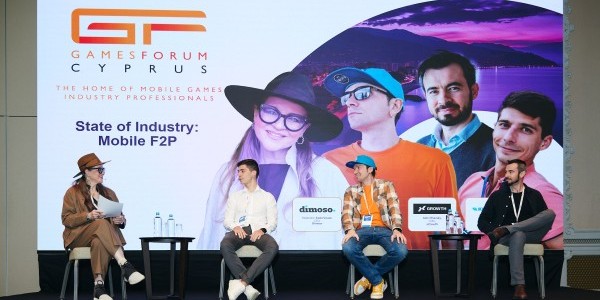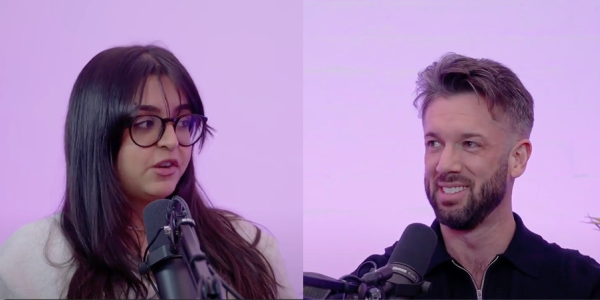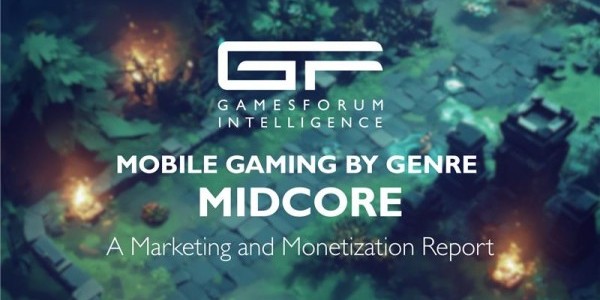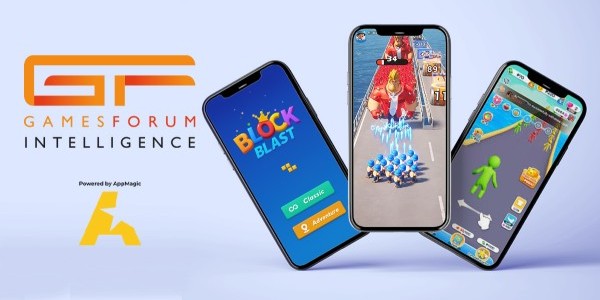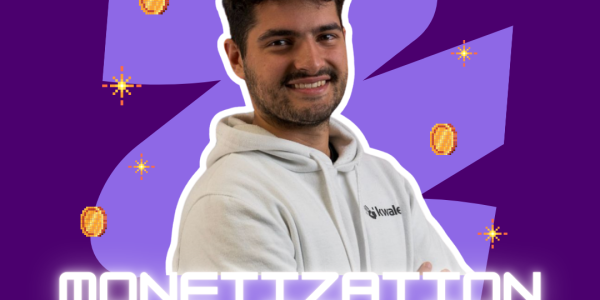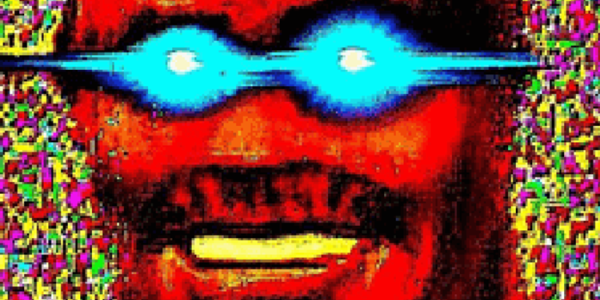From Organic Growth to Live Services: How Fingersoft Masters Long-Term Player Engagement

Recently crossing the 2.5 billion install mark across Hill Climb Racing and Hill Climb Racing 2, Fingersoft has built a thriving ecosystem that prioritizes accessibility, strategic monetization, and a strong community-driven approach.
In this interview, Otto Simola, Head of Player Acquisition and Monetization at Fingersoft, shares insights into hybrid monetization strategies, the role of organic growth in complementing paid acquisition, and how the company approaches live-service game development.
Congrats on reaching 2.5 billion installs globally for Hill Climb Racing! In terms of monetization, what do you think made this game a success?
Thank you, that is definitely a number that is even difficult to comprehend. To be precise, this number combines both games, Hill Climb Racing and its sequel Hill Climb Racing 2, whereas the original one is a big contribution to that number, but in terms of monetization they are quite different projects. Of course I would like to say that the games are just so good, but there are also other factors. The original Hill Climb Racing, released in 2012, was launched to a completely different market than we are at the moment working in. By the time there wasn’t this heavy competition we see now, and with a very unique and fun game it was possible to gain a big audience without spending millions in performance marketing. Back in the day when there weren't yet that many mobile games in stores, and this applies also today, these are games that are super easy to start and understand the mechanics but are very hard to master and obviously impossible to complete. This combined with the continuous development of the games and boldly trying out new things, also in monetization, would be in my opinion one major factor for the success.
Fingersoft has built a strong brand and community around its games. How do you leverage this organic growth to complement paid acquisition strategies, and how do you measure the success of organic efforts?
We have been lucky to have a huge organic audience for our games. Organic growth is obviously harder to measure but then you need to have different ways of monetizing the audience that you don’t have that much initial information on. Therefore the games are such that you are able to progress in multiple ways. You can just invest time and see ads - banner, interstitial and rewarded - or purchase IAPs to speed up the progress or get some fancier outlooks to show off - or do both, these two are not pick one or another kind of thing, but can exist at the same time for many players. We have been hybrid casual since the beginning but it’s also mesmerizing how many different ways there are to enjoy our games and players are actively sharing their achievements and showing their skills in their own social media channels.
Given Fingersoft's focus on long-term engagement, how do you balance monetization strategies with the core gameplay loop to ensure player satisfaction and retention?
As mentioned, we have multiple ways of speeding up the progress in the games and it’s rare that the players would hit any hard paywall in our games, so investing time will eventually get you to the end-game if you are patient enough. This can be achieved when the gameplay is engaging and rewarding for the player. I think we have managed to improve this over the years and the amount of content in Hill Climb Racing games gives our players entertainment for years to come.
While Fingersoft has primarily relied on IAP, have you considered a subscription model for any of your titles? If so, what challenges and opportunities do you foresee?
Subscriptions, which we call VIP, have been in Hill Climb Racing 2 already for many years and they have become one corner stone of the monetization of that game and we are actively looking to expand that in the game and also to other titles. The challenge of the subscription is that you really need to think carefully about the content you are giving out with it: Is it valuable, exclusive and meaningful enough to satisfy the player and still keep them engaged, or are we giving so much that the game becomes boring without any goals to achieve? Grinding is also part of the fun for many mobile gamers at the end of the day. The benefit of the subscriptions is obviously very engaged users and a steady revenue stream.
How do you approach monetization for live service games, particularly in terms of balancing player expectations and revenue generation?
Matching the players’ expectations is definitely getting more challenging when the mobile game market evolves toward fast paced live content creation. We have been generating live content for Hill Climb Racing 2 almost all the time the game has existed. Back in the days starting from the weekly live events and expanding that to team features and recently releasing new content through these events. In this we’ve seen good results with engagement and thus revenue. As a side note I could also mention that I was lucky enough to be there creating some of the first live events in the game years ago and for me the live content creation was super inspirational when you were immediately able to see the results and player reactions of what you were working with. Maybe that was one of the reasons I ended up working with the monetization too.
What metrics do you prioritize for measuring the success of user acquisition campaigns, and how do you correlate them to long-term player value and monetization?
Of course it would be ROAS and retention but you cannot be too hasty with that since our monetization isn’t the most aggressive and you have to accept the fact that there might be a long LTV tail and sometimes you have to wait for some time to see the success. That said, we are also following the early engagement signals and looking carefully at the first days of the player journey to make the first time user experience better. The long-term value follows from the vast amount of content, different ways of playing and challenging end-game features while not forgetting the core game loop which needs to be interesting enough throughout the player journey.
What do you see as the biggest challenges and opportunities for mobile game monetization in the next five years, and how is Fingersoft preparing to adapt to these changes?
First of all, five years is a long time in mobile game monetization and market overall so predicting the future is challenging. Historically we have been quite an Android-heavy publisher, so to say, and from the user acquisition perspective the upcoming Privacy Sandbox is something that we need to be ready to work with. I guess the industry overall is still struggling with the ATT related matters and we need to be able to apply the learnings of that and also be ready for quick changes in the market. I would say one way to be ready for this is to build a strong brand for the games, so that if the performance marketing that we are used to isn’t possible in scale that it used to be, we have other ways to market our products profitably.
On the monetization side of things I’d say that the in-app purchases won’t go anywhere but the alternative stores and web shop solutions will most likely have more ground. On ad monetization and especially video ads I would like to see great improvements on ad quality and the rise of some new format, whether it’s audio, in-game or something else, that is hard to predict since these formats are also in straight connection to what the games actually are when the mobile device performance keeps on improving. The best thing we can do is to stay on the edge of the development and to share, learn and adopt the best practices as industry.
With Fingersoft’s emphasis on long-term engagement, how do you prioritize retention strategies over short-term monetization goals, and how do these priorities shift over a game's lifecycle?
This goes back to the beginning with the idea that the player needs to have different ways of progressing in the game and for those willing to spend money there should be enough depth in the economy to keep on playing and not to sell out the entire game and lose the meaning and fun aspect of the game. I think continuous content creation and keeping the game up to date for the current industry standards is a way to keep the game interesting and engaging for old and new players. With that in mind, it’s also important to every now and then look at the features if they are still relevant or should there be more dramatic changes to the mechanics of the game. And then it leaves us a question: if the change for the core of the game is big enough, should we just develop another game? That’s what we are basically doing when we have announced that we are developing Hill Climb Racing 3.

